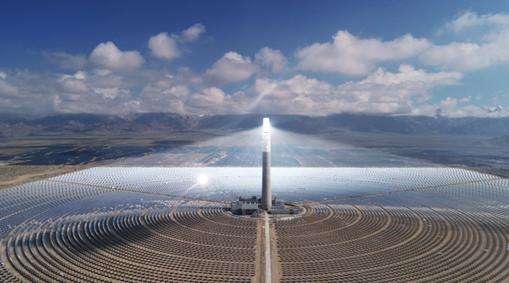Many people know about motors and electric motors, but do you know the difference between them?
1. Similarities between the two
1 The structure is the same. They are all made up of coils, magnets, commutators and brushes.
2. The component interface method is the same. Each component is connected in series to form a power circuit.
3. They are all affected by the direction of the magnetic field. The direction of the current generated in the generator is related to the direction of the magnetic field; is linked to the direction of the magnetic field.
2. Differences between the two
1. The principles are different. The generator is manufactured based on the magnetic effect of electric current; the motor is based on the principle of the carrying movement of a live conductor in an electromagnetic field.
2. The identification methods are different. The right-hand ruleis used to determine the direction of current in a generator; The left-hand rule is used to determine the direction of movement of conductors in a motor.
3. Converting goals and abilities to work is different. The generator requires external work to convert mechanical energy into electrical energy; the motor is open to the outside world to perform work and convert electrical energy into mechanical energy.
Generator
Generator refers to industrial equipment that converts other forms of electrical energy into electrical energy. It consists of a hydraulic generator, driven by a steam turbine. By generator, diesel engine or other transmission equipment, the energy generated by water flow, cyclone, fuel ignition or fusion reaction is converted into mechanical energy and sent to the generator, who isthen converted into electrical energy by the generator.
Generators are widely used in industrial and agricultural manufacturing, national defense, high technology and daily life. There are many generator methods, but their working principles are based on the law of magnetic effect of electric current and the law of magnetic force. Therefore, the general standard for its structure is: use suitable magnetic and conductive materials to form an equivalent circuit and a power circuit that realize the magnetic effect of current between them, so as to generate induction power electromagnetic and achieve the heat objective. transfer.
Electric motor
An electric motor (Motor) is a machine device that converts electrical energy into mechanical energy. It uses a plug-in coil (i.e. the stato windingr of the motor) to generate electromagnetic oscillation and acts on the motor rotor (like a closed squirrel cage aluminum frame) to generate photoelectric driving torque. Motors are divided into DC motors and AC motors based on the switching power supply used. Most of the motors in the power system are AC motors, which can be synchronous motors or three-phase asynchronous motors (the speed ratio of the motor rotor electromagnetic field and). the motor rotor rotation speed ratio does not maintain the same rhythm). The motor is mainly composed of a stator and a rotor. The direction in which the power line resists force movement in the electromagnetic field is related to the direction of current and the direction of the magnetic field lines (magnetic field direction). The operating principle of the motor isthe force exerted by the electromagnetic field on the current, causing the motor to rotate.
Who invented the generator?
Once the generator rotor is grounded at some point, it is usually not allowed to continue operating .
Because once the generator rotor is grounded at one point, if it continues to operate, the generator rotor will be grounded at a second point, or even cause a short- circuit in the generator rotor coil.
Once the generator rotor is grounded at two points, a high short circuit current will be generated, forcing the generator set to shut down. In severe cases, the generator rotor coil may even be burned out.
The generator was invented by the British scientist Faraday.
British scientist Faraday discovered the principle of electromagnetic induction in 1831. This principle, which plays an important role in the developmentment of human society, says: "When the lines of the magnetic field change, a current will be induced in the surrounding wires."
Faraday took one day Through repeated research and experiments, he eventually discovered this scientific principle with great influence, and he was convinced that using this principle could definitely create a generator capable of actually producing electricity.
A generator is a device that converts mechanical energy into electrical energy. The energy contained in various primary energy sources is first converted into mechanical energy through the main engine, then converted into electrical energy through the generator, and then sent to various energy consumption situations through the transmission and transmission network. energy distribution.
Due to the different forms of primary energy, different generators can be made.
Using conservation resourcese water and hydraulic turbines, hydroelectric generators can be made; Due to different reservoir capacities and water fall heights, hydroelectric generators with different capacities and speeds can be manufactured.
Using coal, oil and other resources, combined with boilers and gas turbines, steam turbine generators can be made. Most of these generators are high speed motors (3000 rpm).
Additionally, there are different types of generators that use wind energy, atomic energy, geothermal energy and other energies.
In addition, due to different operating principles, generators are divided into DC generators, asynchronous generators and synchronous generators. The large generators currently widely used are synchronous generators.














